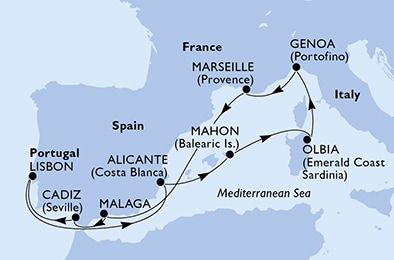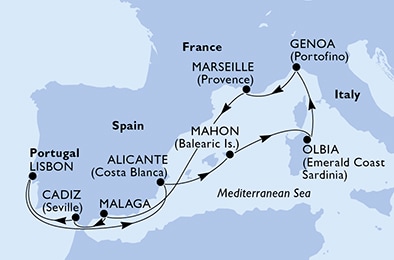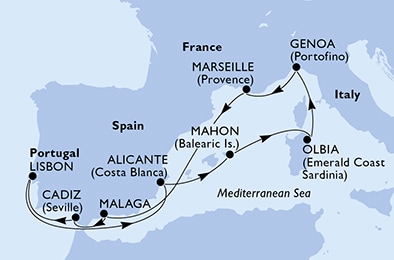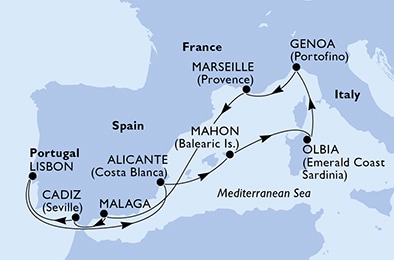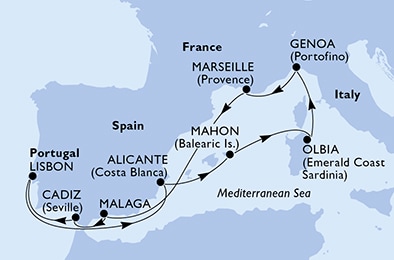
Port Olbia
Olbia, a city in Italy, holds a significant position in the global tourism industry due to its attractive cruise ship facilities. The city's port is a popular stop for international cruise lines, allowing thousands of tourists to experience the stunning landscapes, historical attractions, and vibrant culture of the region. The presence of these cruise ships plays a crucial role in boosting the local economy and promoting Olbia as a must-visit destination.
Activities for cruise ship passengers in Olbia are plentiful. The city offers a plethora of sightseeing opportunities, including the historic Basilica of San Simplicio and the archaeological museum. Food lovers can indulge in local Sardinian cuisine or visit the nearby wineries for a wine tasting session. For those interested in shopping, the city's downtown area abounds with stores offering a variety of local handicrafts and luxury brands. Thus, cruise ships in Olbia ensure a memorable and enriching experience for their passengers.
History
The port of Olbia, located on the northeastern coast of Sardinia, Italy, has a rich history that dates back to ancient times. Known in antiquity as Olbia, it was originally established by the Phoenicians, yet it came under the control of the Romans in 238 BC. The port grew to prominence due to its strategic position in the Mediterranean, serving as a vital trade and transportation hub.
During the Middle Ages, the port of Olbia was often targeted by Saracen and pirate raids, leading to its decline. However, it experienced a resurgence in the 19th century when it became a key stop on the maritime routes of steamships. Today, it is a bustling port city, serving as a gateway to the stunning Costa Smeralda and offering ferry services to the Italian mainland and other Mediterranean destinations. Its historical heritage is still visible in the form of the ancient Roman ruins, including the Aqueduct of Olbia and the Church of San Simplicio.


 With bus transport to the port
With bus transport to the port






